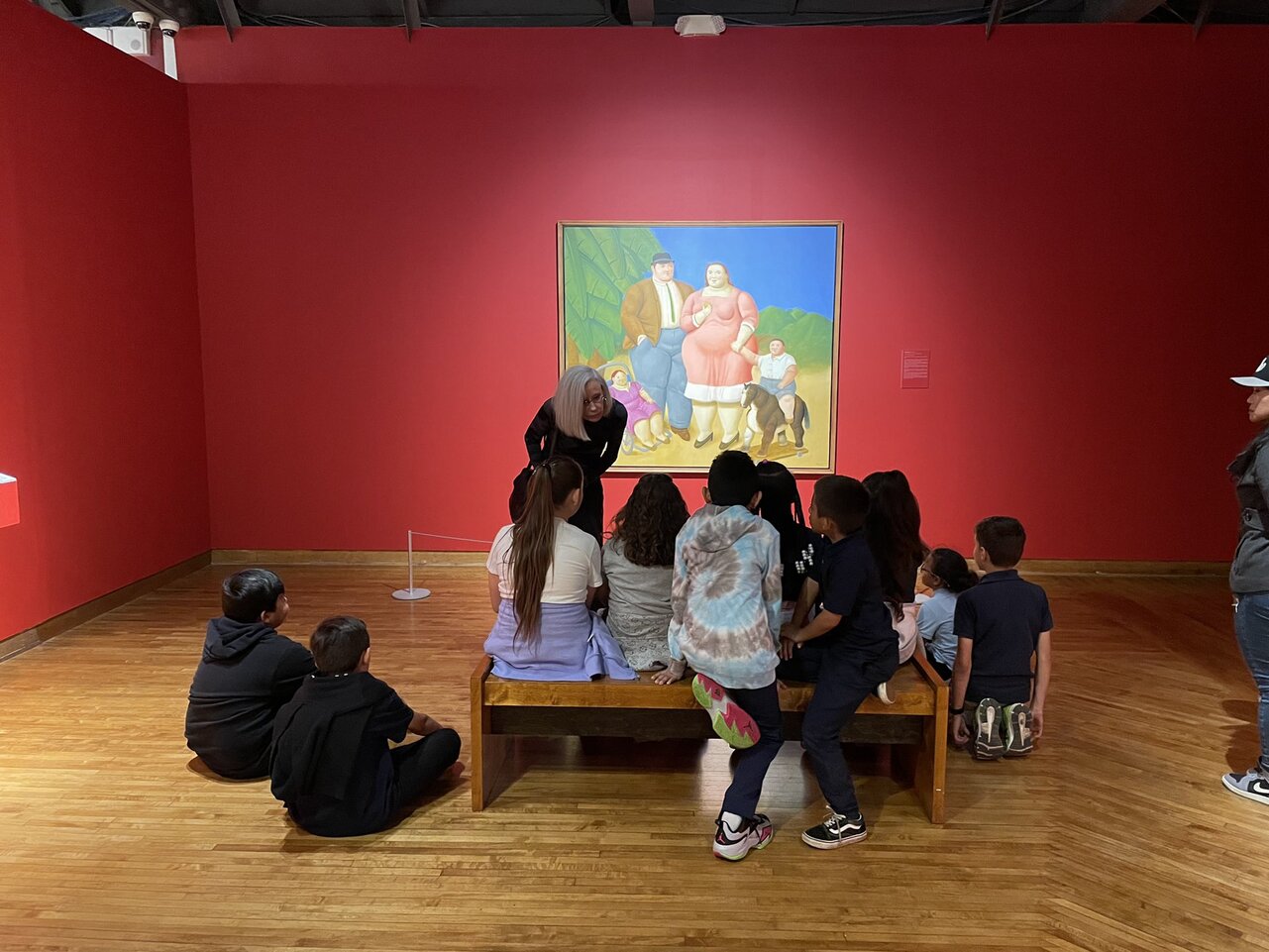
America's Opioid Crisis: A Rural Issue
The opioid addiction crisis hasn't stop in the U.S. In 2016, each day, 91 people died of a drug overdose, and the number of opioid-related deaths has quadrupled since 2000. Rural towns and small cities have been hit especially hard.
CityLab spoke with Alan Morgan, the director of the National Rural Health Association, about why housing infrastructure will be a key player in solutions to the opioid epidemic in the years to come.
"The opioid crisis has impacted the whole country, but Secretary Vilsack and even former President Bill Clinton have acknowledged that this is uniquely a rural issue. It really has exploded in smaller communities, and it’s a growing problem," he said.
"In urban area, you’ve got treatment centers, you’ve got behavioral health professionals. You have drug-recovery programs and protocols. In rural communities, you might not have that safety net available, but the health care options are built around prescription opioids: High-school kids get injured playing sports, they’re prescribed painkillers, and without good follow-up treatment, they get hooked. Same with farm workers who get in accidents. And often, this a transportation issue—the nearest health care facilities can sometimes be hours away, and when sustained treatment and follow-up is inaccessible, addiction takes the place.".
"So what often happens is that people struggling with addiction fall into homelessness: Around 35 percent of homeless individuals nationwide struggle with drug abuse. But unfortunately, rural homelessness doesn’t have the same visibility as it does in urban areas."
Read the full interview in City Lab.










DEJE UN COMENTARIO:
¡Únete a la discusión! Deja un comentario.